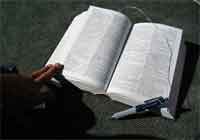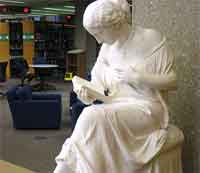Why Do Positive and Negative Ions form?
Atoms have nucleus which includes protons and neutrons. The space that is outside the nucleus of every atom is occupied by the electrons. The electrons are present in the atoms moving round the nucleus in various orbits. Each of the orbits or shells comprise of electrons lying in certain areas where the density of electrons are found high. The locations in the atomic orbits which have high electron density are known as orbitals. Some atoms have outer most shells with very low number of electrons while some will have more number of electrons.
The protons possess positive charge and electrons possess negative charge. Neutrons have no charge. If the atom has same number of protons and electrons, the atom is said to be neutral without any charge. When the atoms of the elements lose electrons they form positive ions and when they gain electrons they form negative ions. The loss of electrons is represented by the lack of negative electrons which indicates that the atom is devoid of certain electrons which are given away. Hence, the ion is written with positive symbol. The gain in electrons will bring certain new electrons into the outermost shells which brings more negativity to the ion by the electron acquisition. Therefore, the ion is written with negative sign.
This gain and loss of electrons can happen during a chemical reaction. The chemical reaction is characterized by breaking of bonds and formation of new bonds. When the bond is broken, the electrons that are involved in the formation of bond might reach completely towards one atom or they can get distributed equally to both the reactants. If the electron pair reaches one atom, then that atom will gain negative charge and the opposite atom will get positive charge. Therefore, the chemical change will result in the formation of positive and negative ions.











Leave a Reply